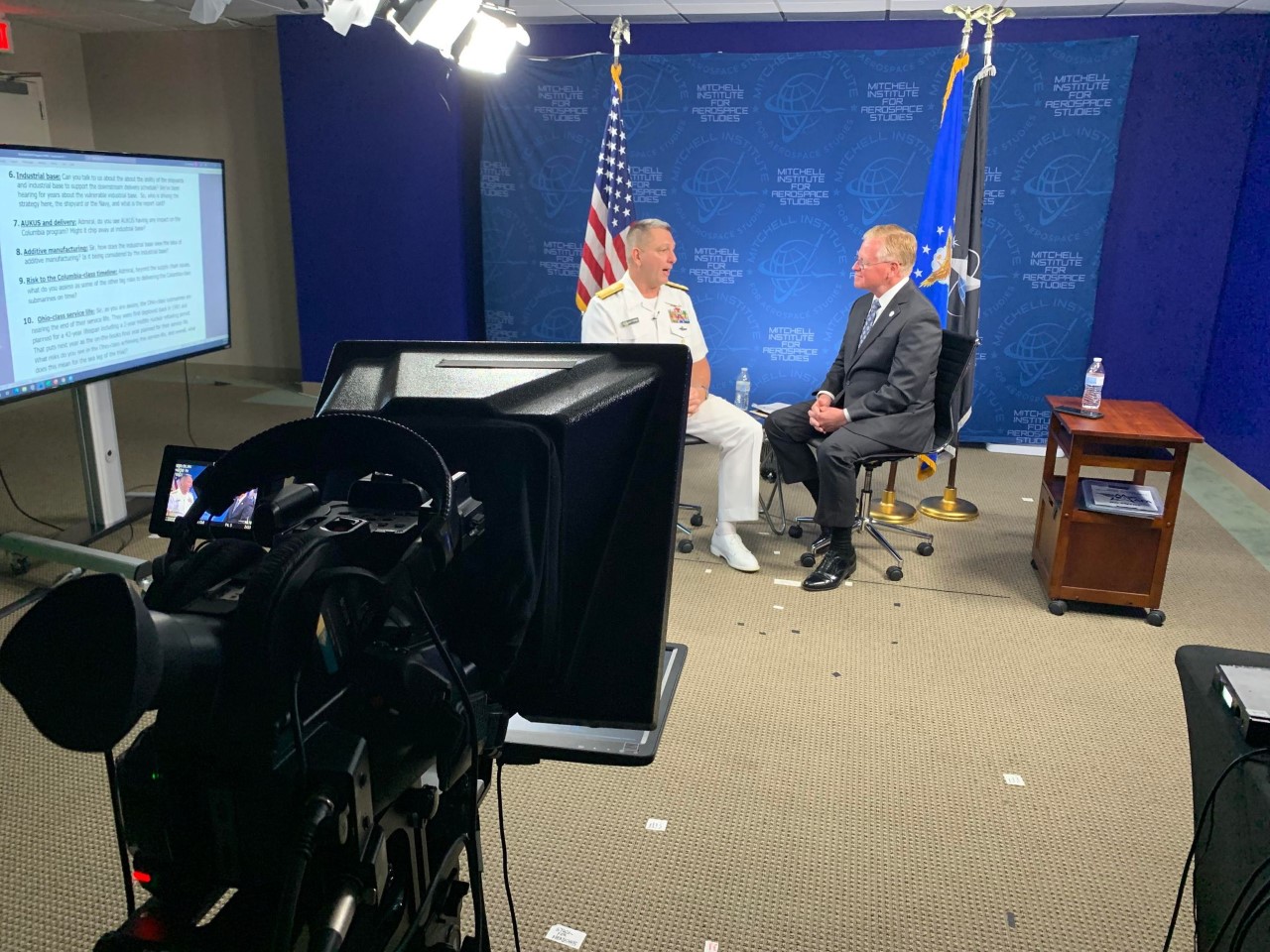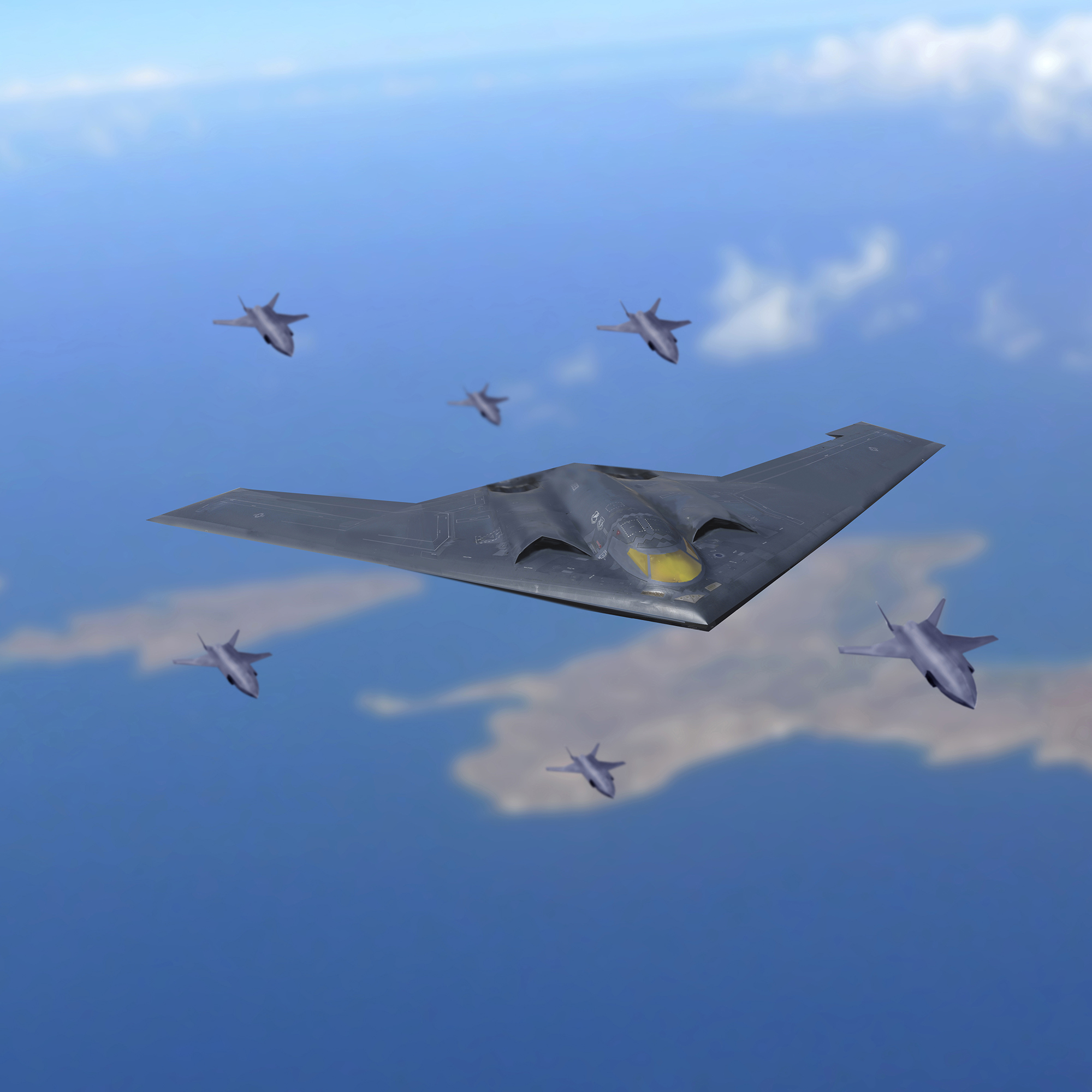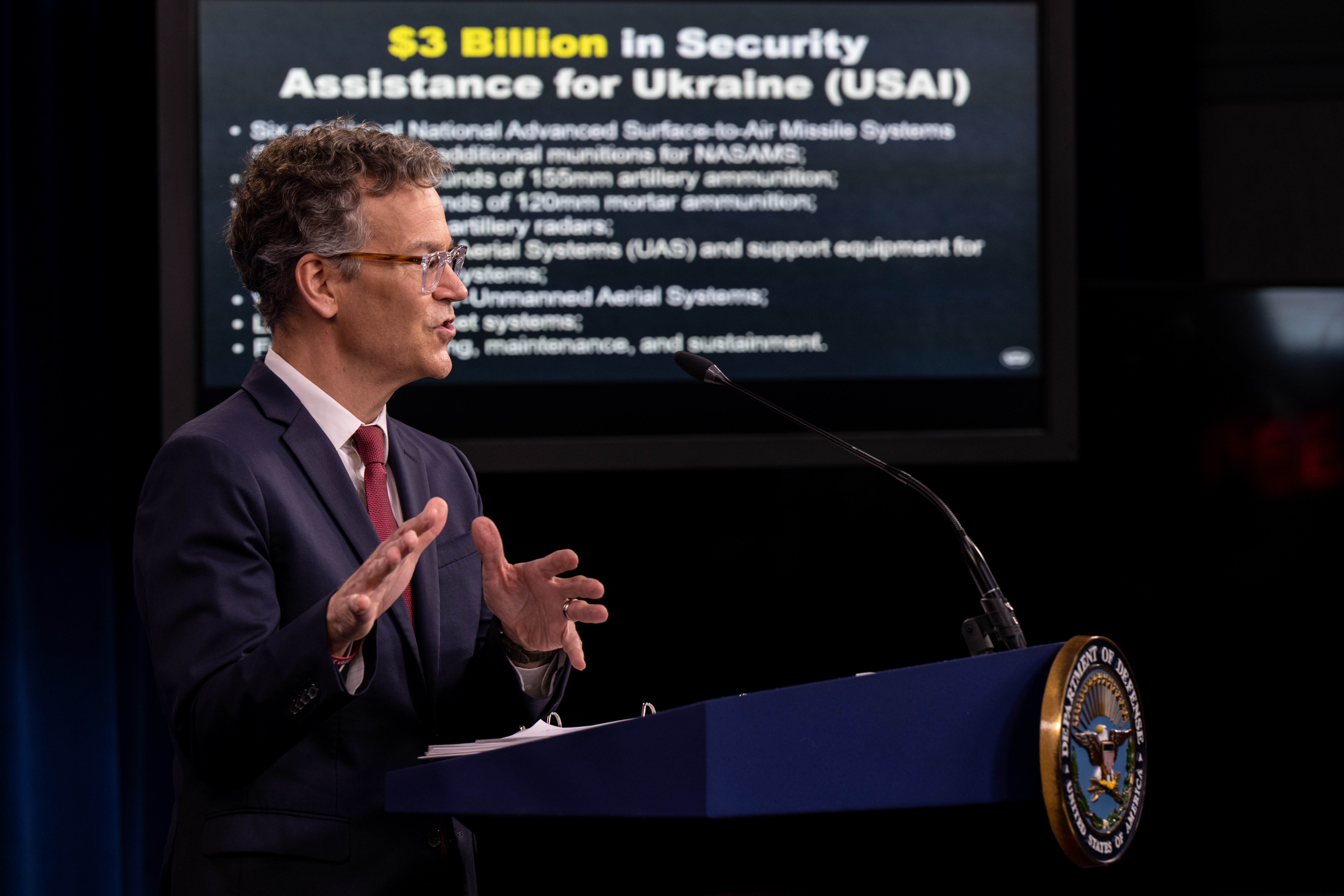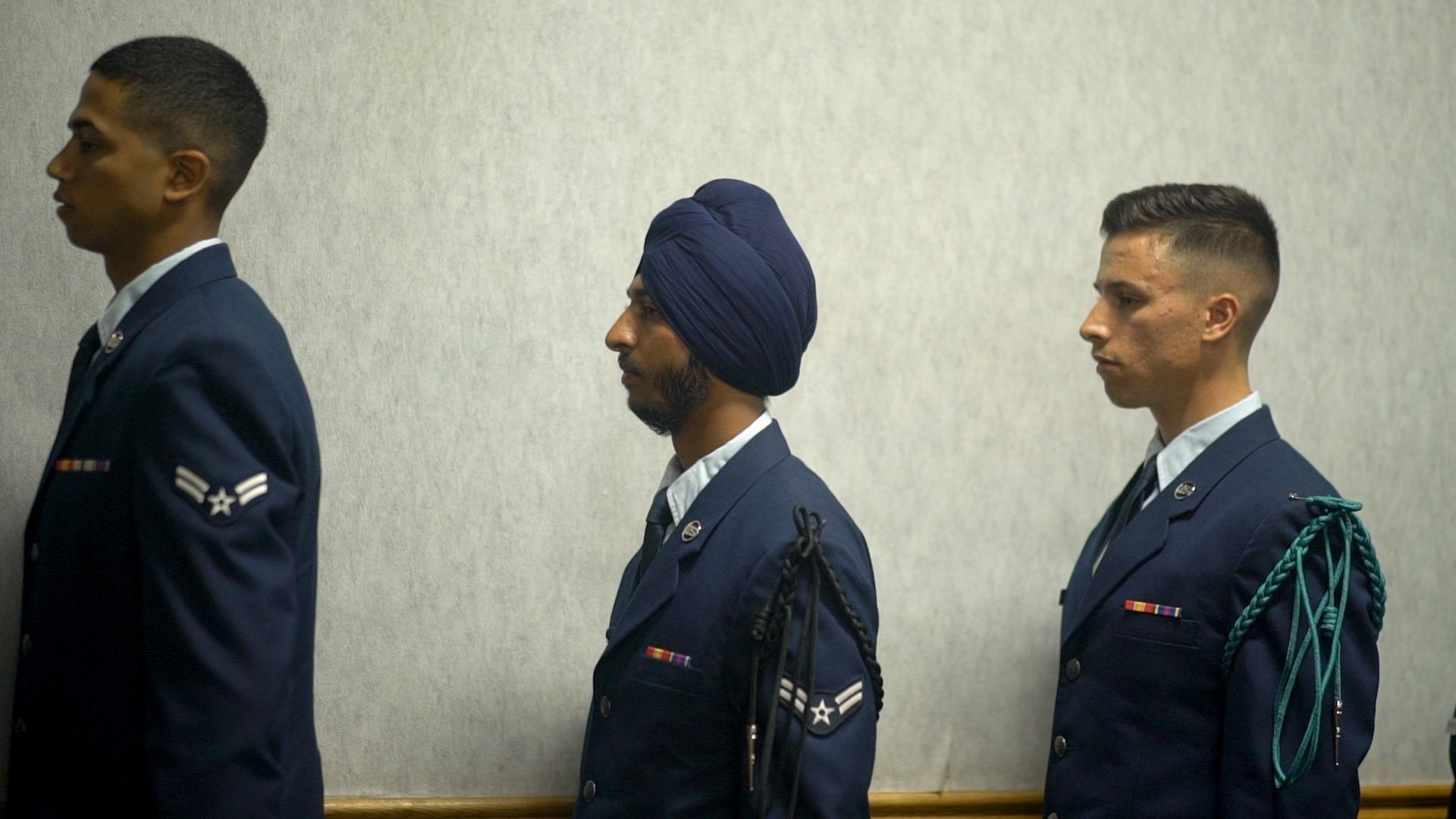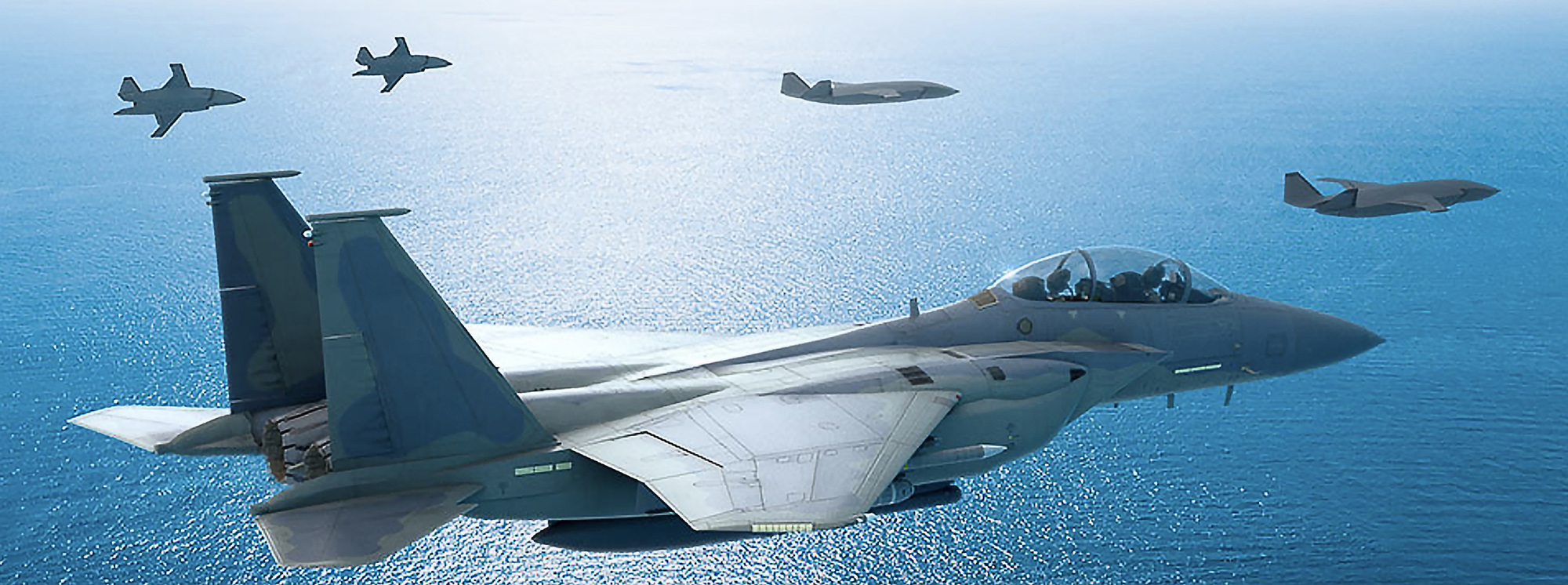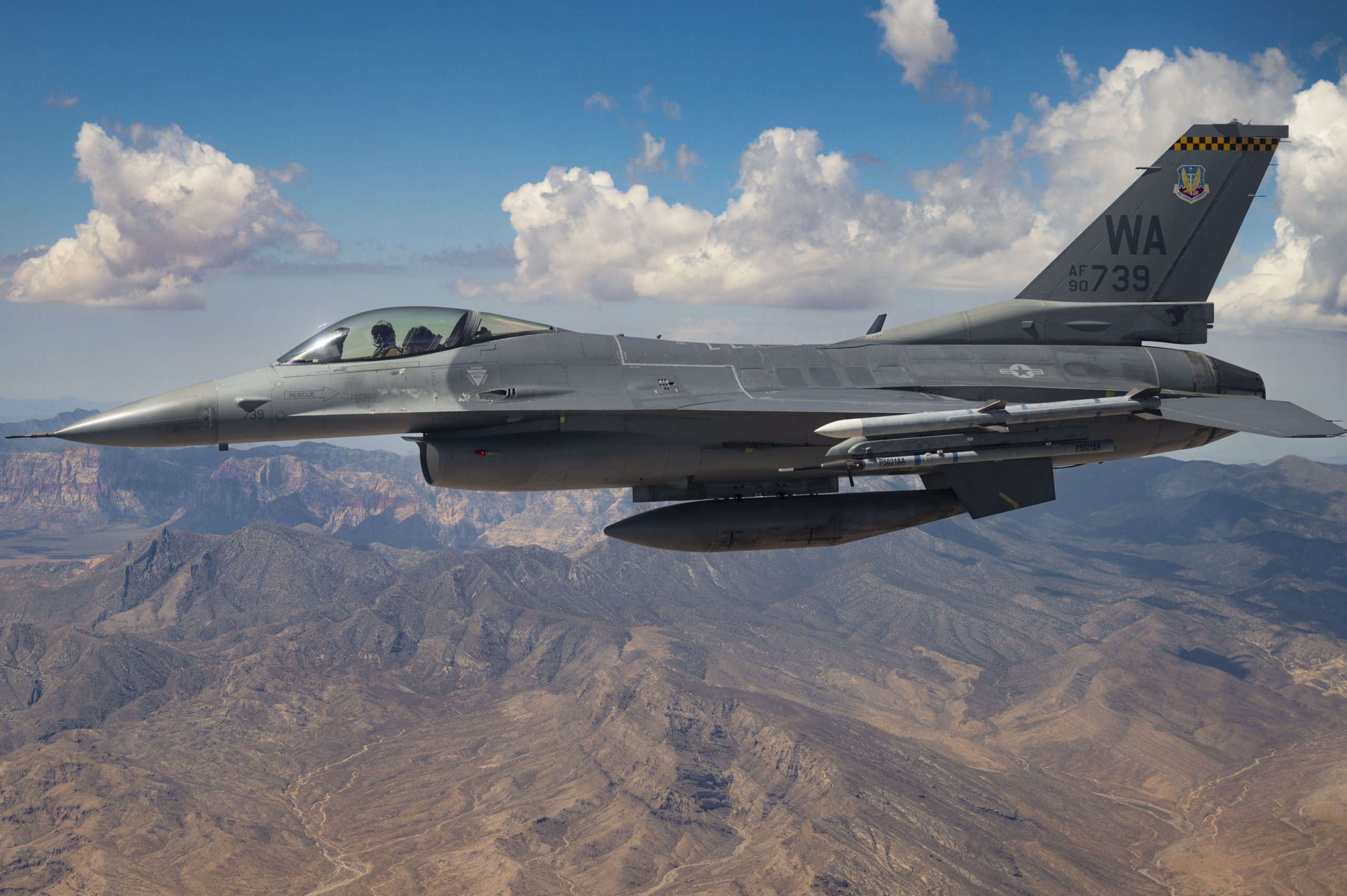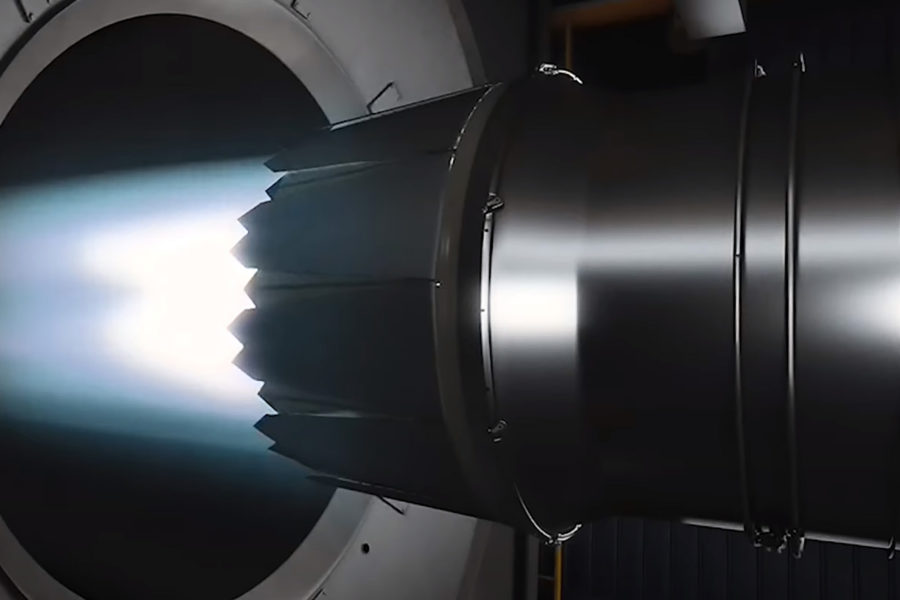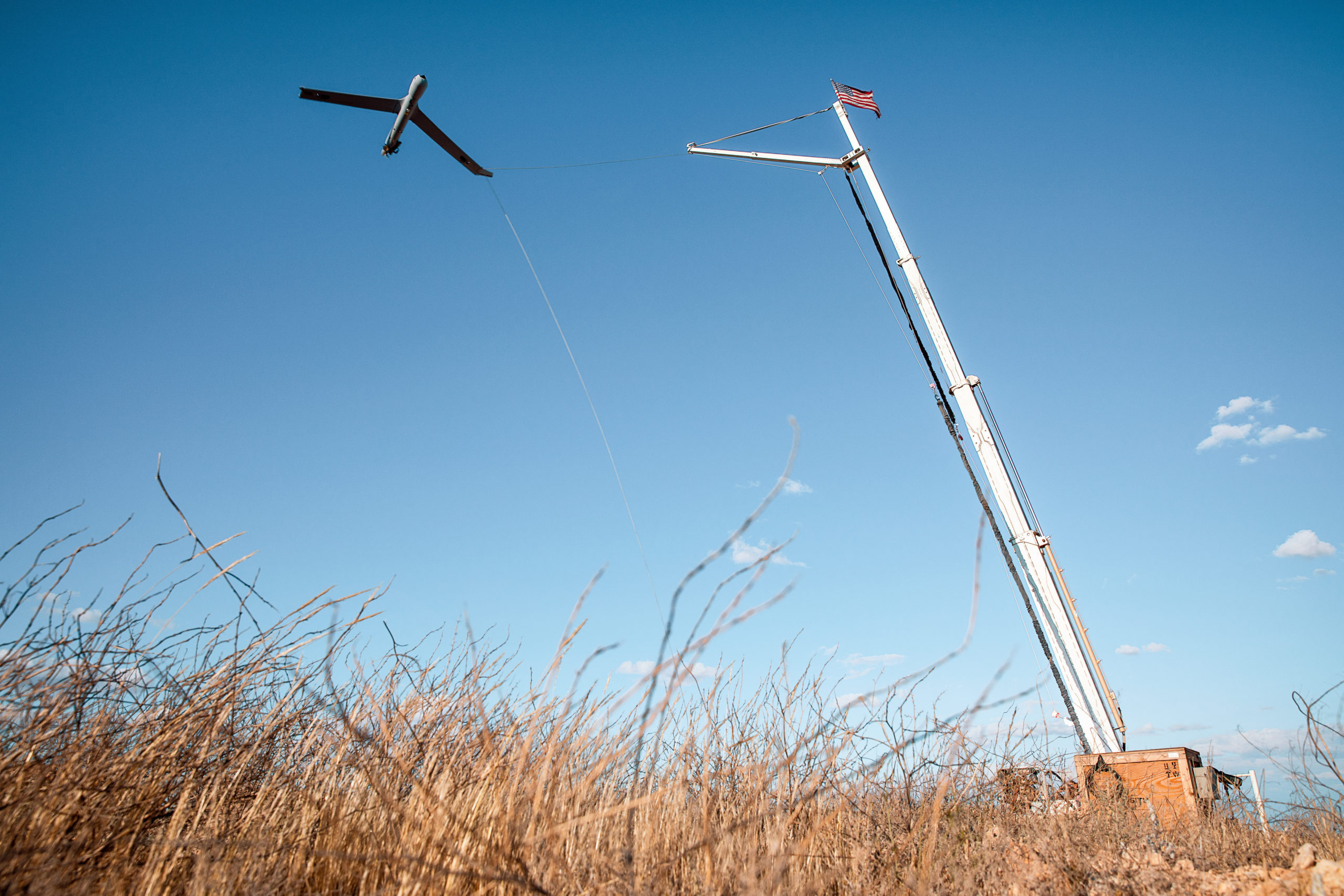The Navy’s program executive officer for strategic submarines said his service’s leg of the nuclear triad is facing workforce and supply chain shortages like much of the rest of the defense industry.
Rear Adm. Scott W. Pappano spoke with the Mitchell Institute for Aerospace Studies’ director of research retired Maj. Gen. Larry Stutzriem in a webinar Aug. 24.
Pappano is overseeing the procurement and sustainment of the Navy’s strategic submarines as the service transitions from Ohio-class to Columbia-class submarines at a time when the Navy will have ramped up shipbuilding fivefold in five years.
The upcoming Columbia class is “the biggest, and it’s the quietest and most capable nuclear submarine our nation will have ever produced,” Pappano said. “It’s really a fantastic machine. It brings the same stealth and survivability at a more advanced level than the Ohio brings.”
Disruptions to the manufacturing supply chain are “the biggest risk right now … on the ‘new’ side of the house” as well as “across a couple of different fronts,” Pappano said.
Likewise, attracting a skilled workforce continues to be a challenge, which Pappano attributed in part to the 1990s’ and 2000s’ emphasis on going to college over learning a trade.
“We need skilled trades feeding our industrial base right now,” Pappano said, arguing that the defense industrial base “is actually part of that integrated deterrence picture. … It ought to drive our ability to deter our peer adversaries.”
He hopes a whole-of-government effort to build regional training pipelines in “core concentration areas” will help to bolster the workforce and said a new additive manufacturing center of excellence will bring together experts from industry, academia, and national labs to try to “lower the barrier to entry” to making parts.
Nationally the U.S. needs to refocus on \skilled trades and engineering, Pappano said—“everything that we need to build back the manufacturing in the nation.”
